UNESCO and the Allure of UNESCO World Heritage Sites in Bali You Must Visit!!
UNESCO, or the United Nations Educational, Scientific, and Cultural Organization, is a UN agency that recognizesand protects the world’s cultural and natural heritage. Bali is home to several UNESCO World Heritage Sites due to
their exceptional cultural and natural significance. In this article, we will explore the charm of UNESCO World Heritage Sites in Bali and provide tips and experiences you can enjoy at each of these attractions.
Subak – Bali’s Subak System of Agricultural Irrigation
Bali boasts an extraordinary cultural heritage in the form of Subak, a highly organized agricultural irrigation system. Subak reflects the Tri Hita Karana philosophy, which harmonizes the relationships between humans, nature, and the divine.
Tips: You can visit the village of Jatiluwih, one of the beautiful Subak locations, and explore the stunning green rice terraces. Enjoy trekking or cycling in the surrounding area to experience the peaceful Bali countryside.
How to Reach Subak? Here’s a detailed route from Kuta to Subak:
- Begin your journey in Kuta.
- Head south on Jl. Raya Kuta, the main road in Kuta.
- Continue on the road as it leads toward Jimbaran.
- Drive through Jimbaran, and follow the signs to continue heading south.
- Continue the journey until you reach Garuda Wisnu Kencana (GWK). This landmark will be on your route.
- After reaching GWK, continue south toward Pecatu.
- As you approach Pecatu, you’ll encounter an intersection. Take the right lane leading to Pura Uluwatu.
- Keep going on this road until you reach the vicinity of Uluwatu Temple. Follow the signs directing you to Subak.
Always use a navigation app for real-time updates and the most accurate directions, and enjoy your journey from Kuta to Subak!
Bali Botanic Garden – Exotic Balinese Flora
The Bali Botanic Garden, also known as Eka Karya Botanic Garden, showcases the diversity of Bali’s flora and fauna. You will discover various species of exotic plants here. Tips: Don’t miss a walk among the orchid collection and view rare plants like the giant padma flower. You can also stroll through the natural forest to breathe in the fresh mountain air of Bali.
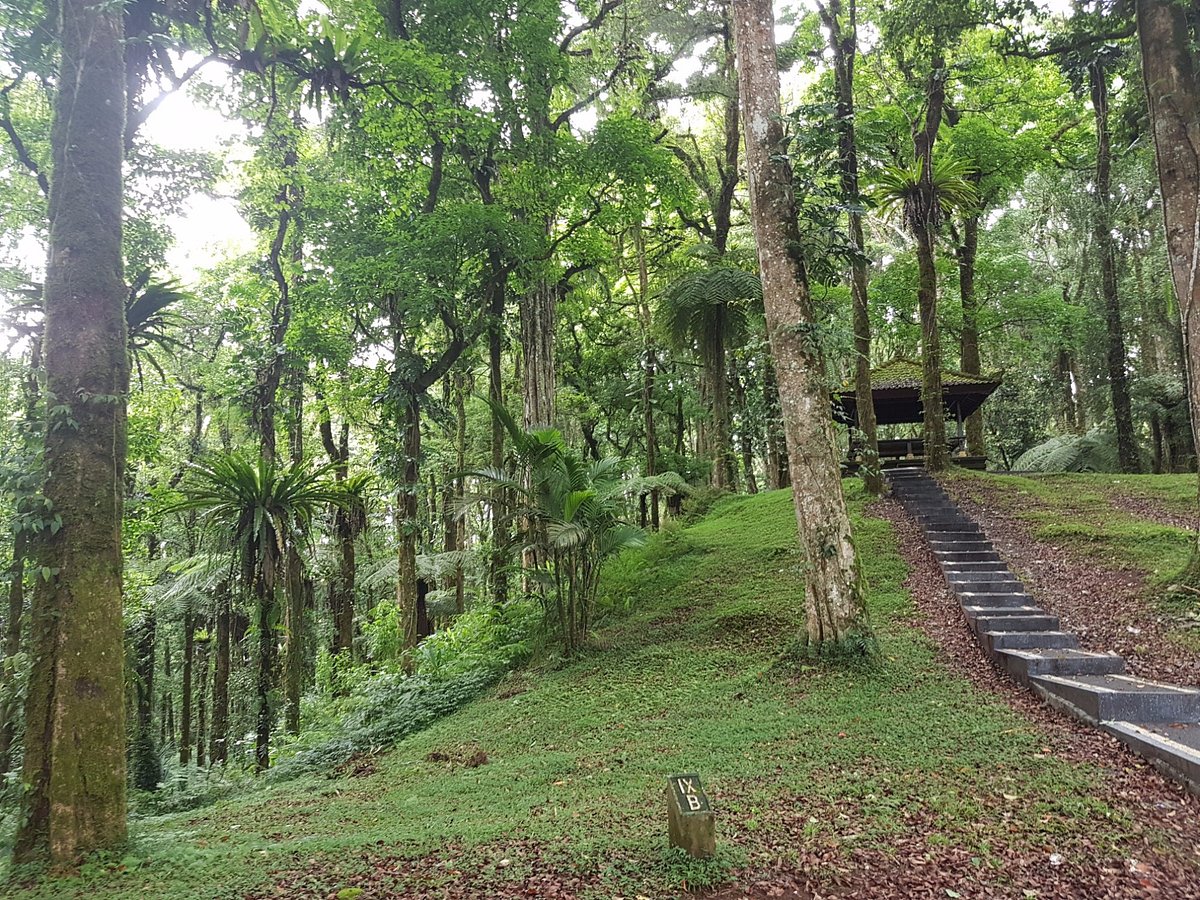
This is a lovely image of Kebun Raya Bali, which is the largest botanical garden in Indonesia. It covers an area of 157.5 hectares and has more than 2,000 species of plants. The wooden hut and stairs are part of the Bali Treetop Adventure Park, which is located inside the garden. The park offers various activities such as zip-lining, rope bridges, and flying swings. The sign in the foreground with the letters “VB” stands for “Vanda Bali”, which is a type of orchid that grows in the garden.
Route to Bali Botanical Garden?
If you’re traveling to Bali Botanic Garden from a specific location, here’s a general guide:
From Kuta:
- Start in Kuta.
- Head north on Jl. Raya Kuta toward Jl. Kartika Plaza.
- Continue on Jl. Raya Kuta, and follow signs or use a navigation app to reach Bedugul, where the Bali Botanic Garden is located.
- Enjoy the scenic drive through central Bali as you approach Bedugul.
Denpasar:
- Begin in Denpasar.
- Head north on Jl. Raya Denpasar toward Jl. Teuku Umar Barat.
- Follow signs or use a navigation app to get to Bedugul, where the Bali Botanic Garden is situated.
- Embrace the beautiful landscapes on your way to Bedugul.
Ubud:
- Start in Ubud.
- Head northwest on Jl. Raya Ubud toward Jl. Suweta.
- Continue on Jl. Raya Ubud, and follow signs or use a navigation app to reach Bedugul and the Bali Botanic Garden.
- Enjoy the scenic route through the central part of Bali.
Remember to use a reliable navigation app for real-time directions and updates. Bali Botanic Garden is located in Bedugul, a mountainous area in Bali known for its cool climate and beautiful surroundings. Safe travels
Pura Besakih Temple – Bali’s Holiest Hindu Temple
Pura Besakih Temple is the largest and most sacred temple in Bali, situated on the slopes of Mount Agung. It is a significant place for Balinese Hindus. The temple complex is extensive and comprises at least 86 temples spread across the terraced slopes of Mount Agung. Each temple has its own specific purpose and significance. The main and most important temple within the complex is Pura Penataran Agung. It is dedicated to the Hindu trinity of Brahma, Vishnu, and Shiva.
Tips: When visiting Pura Besakih, it is advisable to dress modestly. You can also hire a local guide to gain a deeper understanding of the temple’s culture and history.
How to Get Besakih Temple?
here’s a general guide if you’re traveling to Besakih Temple from a specific location:
Kuta Route :
- Start in Kuta.
- Head northeast on Jl. Raya Kuta toward Jl. Legian.
- Continue on Jl. Raya Kuta, and follow signs or use a navigation app to reach Besakih Temple.
- Be aware that the journey to Besakih Temple may take a few hours, so plan accordingly.
From Denpasar :
- Begin in Denpasar.
- Head northeast on Jl. Raya Denpasar toward Jl. Teuku Umar Barat.
- Follow signs or use a navigation app to get to Besakih Temple.
- The route may take you through scenic landscapes, so take in the views as you travel.
From Ubud:
- Start in Ubud.
- Head northeast on Jl. Raya Ubud toward Jl. Suweta.
- Continue on Jl. Raya Ubud, and follow signs or use a navigation app to reach Besakih Temple.
- Enjoy the picturesque journey as you make your way to the temple.
It’s advisable to check the road conditions and use a reliable navigation app for real-time directions, especially considering the mountainous terrain. Safe travels to Besakih Temple.
Bali Barat National Park – Bali’s Natural Beauty of Sea and Forest
Bali Barat National Park is situated in the Buleleng Regency, covering an area of approximately 190 square kilometers. It includes both land and sea areas. The park is known for its diverse ecosystems, including savanna, mangrove forests, monsoon forests, coral reefs, and seagrass beds. This variety supports a wide range of plant and animal species.
Bali Barat is home to several endangered species, including the Bali Starling (Jalak Bali), which is a critically endangered bird found only in Bali. Other notable species include banteng (wild cattle), deer, macaques, and various species of tropical birds.
Bali Barat National Park plays a crucial role in the conservation of Bali’s natural heritage. Conservation efforts focus on protecting the unique ecosystems and species within the park.
Tips: Explore the lush forests and white sandy beaches in this national park. You can go snorkeling at Menjangan Island to witness the underwater beauty of Bali.
Route for Bali Barat National Park?
To provide you with a route to Bali Barat National Park, I’ll assume you’re starting from the popular tourist area of Kuta. Please note that road conditions and routes can change, so it’s always a good idea to use a navigation app for real-time directions. Here’s a general route:
From Kuta to Bali Barat National Park
- Begin your journey in Kuta.
- Drive north on Jl. Raya Kuta, which will take you out of the main tourist area.
- Follow signs or use a navigation app to head towards the town of Gilimanuk, which is located in the western part of Bali.
- Upon reaching Gilimanuk, continue following signs towards Bali Barat National Park. The park is located not far from this town.
- Follow the directions to the specific entrance of the national park you wish to visit. There are multiple entrances depending on the area of the park you want to explore.
Please note that the journey from Kuta to Bali Barat National Park can take several hours, depending on traffic and road conditions. Also, consider checking the opening hours of the specific entrance you plan to use and any park regulations before your visit.
Menjangan Island Wildlife Reserve – Bali’s Underwater Allure

In 2012, the Bali Barat National Park, including Menjangan Island, was designated as a UNESCO Biosphere Reserve. This designation recognizes areas that demonstrate a balanced relationship between people and nature. The Menjangan Island Wildlife Reserve is a top destination for divers and lovers of underwater beauty. It is one of the best places for snorkeling and diving in Bali.
Tips: Enjoy the underwater beauty by diving or snorkeling around Menjangan Island. Don’t forget to bring your diving equipment or rent it on-site.
How to Reach Menjangan Island?
If you’re traveling from Kuta to Menjangan Island in Bali Barat National Park, you’ll likely need to take a combination of road and boat transportation. Menjangan Island is situated off the northwest coast of Bali. Here’s a general route:
From Kuta to Menjangan Island:
- Begin your journey in Kuta.
- Drive north on Jl. Raya Kuta, following signs for Gilimanuk.
- Follow the main road towards Gilimanuk, which is a port town in the western part of Bali.
- Once you reach Gilimanuk, you’ll need to take a ferry to cross the Bali Strait to Java. The ferry ride is relatively short, and there are regular departures.
- After arriving in Java, continue driving to the eastern part of Java to reach the port where you’ll take a boat to Menjangan Island. The boat journey will take you across the Bali Strait to the island.
- The boat will bring you to Menjangan Island. Once there, you can explore the island’s underwater beauty through snorkeling or diving.
Please note:
- Ferry Schedule:Make sure to check the schedule for the ferry from Gilimanuk to Java, as they operate at specific times.
- Boat to Menjangan Island: Arrange for a boat from the Java port to Menjangan Island. There are tour operators and local services that provide transportation to the island.
- Weather Conditions: Be aware of weather conditions, especially if you’re taking a boat. Weather can affect ferry and boat services.
- Travel Time: The overall travel time can vary, so plan accordingly, especially if you have specific schedules for activities on Menjangan Island.
For the most accurate and up-to-date information, consider using a navigation app or consulting with local tour operators for the best routes and transportation options. Safe travels to Menjangan Island!
By visiting UNESCO World Heritage Sites in Bali, you will gain a deeper understanding of the island’s culture and natural beauty. Be sure to appreciate and preserve the environment at each of these tourist attractions for future generations. Bali offers unforgettable experiences in both cultural and natural aspects, and UNESCO plays a significant role in preserving and promoting this wealth.


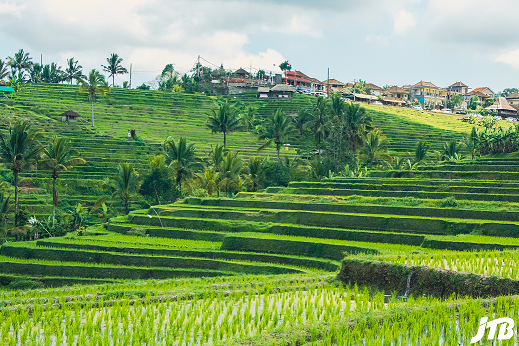
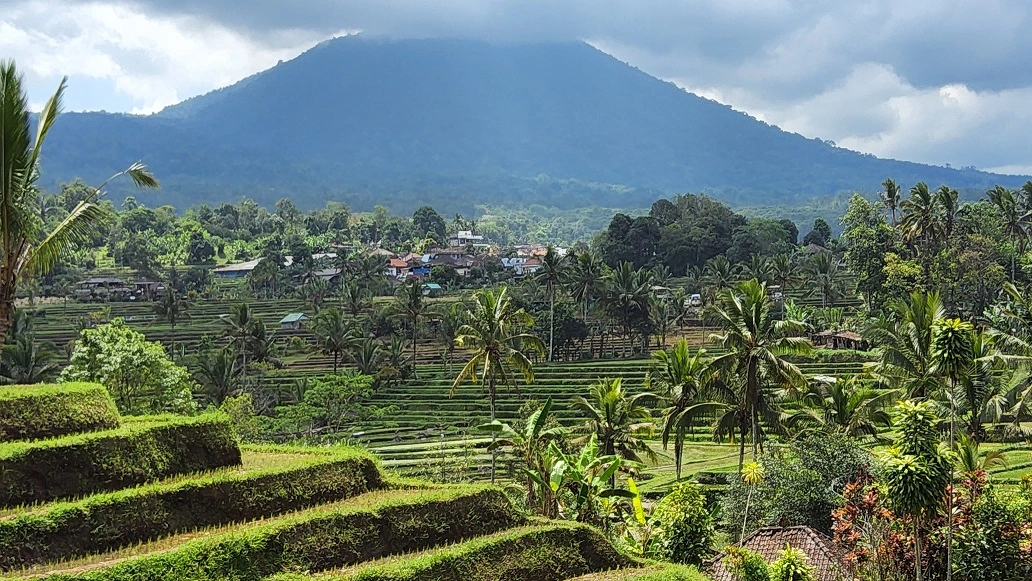
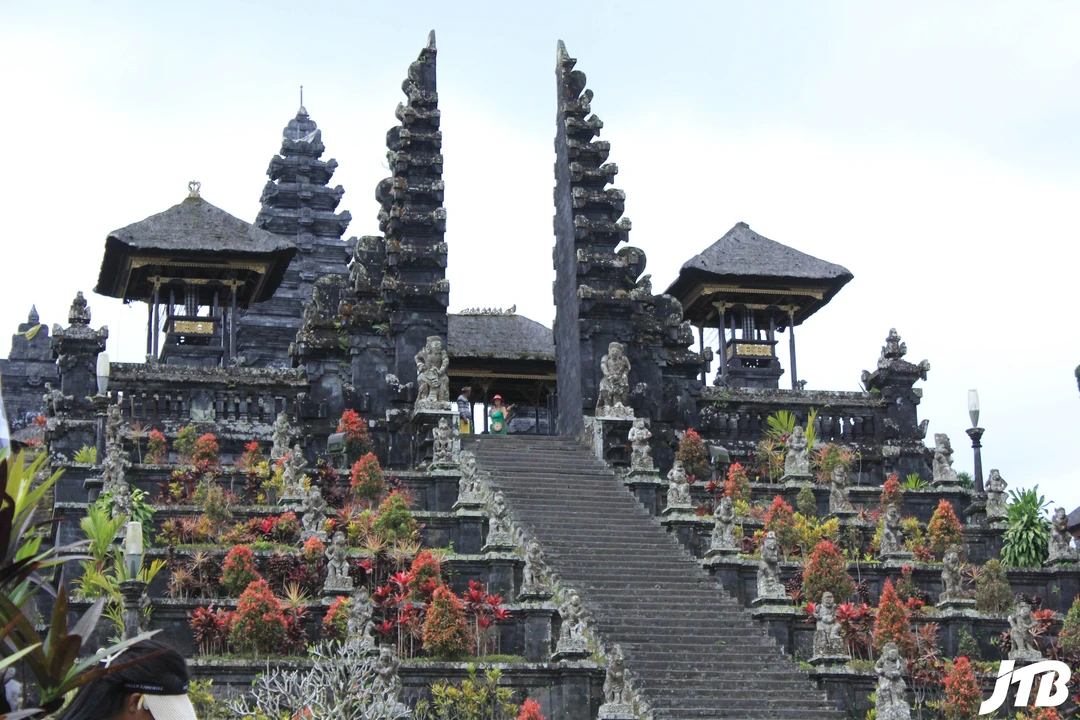
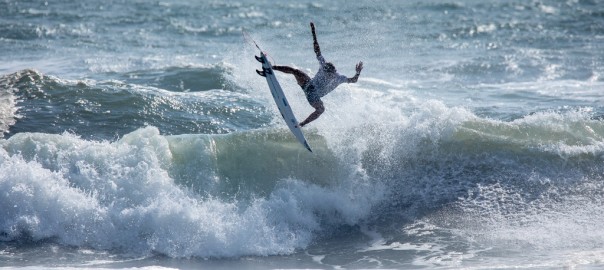
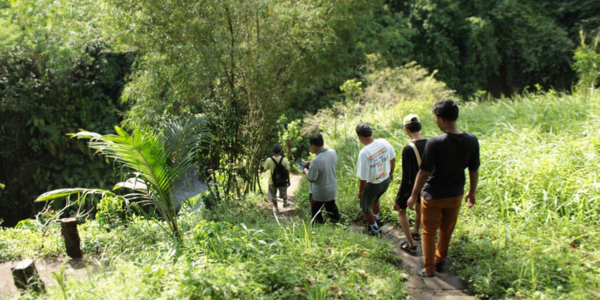
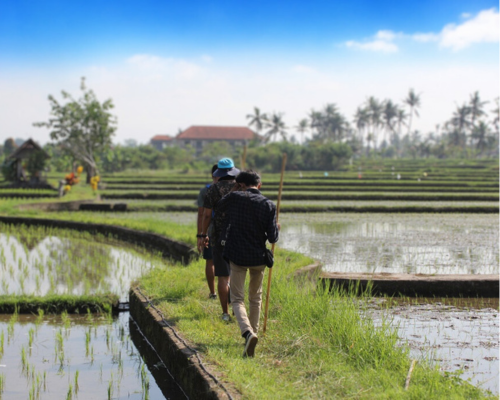
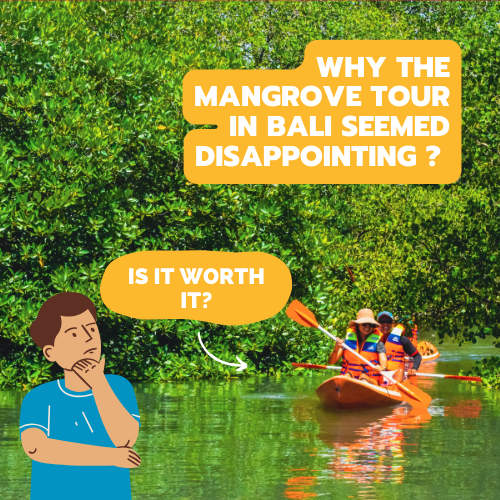
I do trust all the ideas you’ve presented in your post. They are really convincing and will definitely work. Nonetheless, the posts are too short for newbies. May just you please lengthen them a bit from next time? Thank you for the post.
I have been surfing online more than 3 hours today, yet I never found any interesting article like yours. It is pretty worth enough for me. In my opinion, if all web owners and bloggers made good content as you did, the web will be much more useful than ever before.